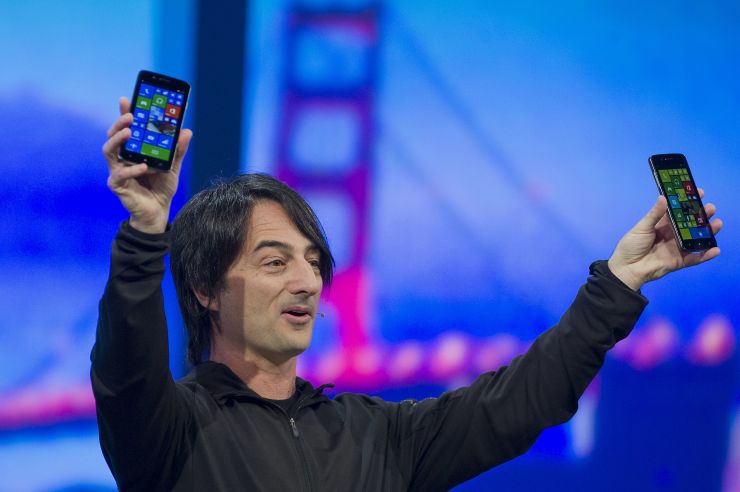
Microsoft says anyone who still uses its Windows 10 mobile platform — once called Windows Phone — should switch over to an iPhone or an Android phone. A change to the Windows 10 Mobile support page was first spotted by Thurrott, a site that covers Microsoft.
Microsoft said that on Dec. 10, 2019, it will stop sending “new security updates, non-security hotfixes, free assisted support options, or technical content updates from Microsoft for free.” In other words, there aren’t going to be any more updates, and only a few phone models will even be supported until that final date.
“With the Windows 10 Mobile OS end of support, we recommend that customers move to a supported Android or iOS device,” Microsoft said. “Microsoft’s mission statement to empower every person and every organization on the planet to achieve more, compels us to support our Mobile apps on those platforms and devices.”
Microsoft has put a lot of effort into both the iPhone and Android, where its Office products are available. It also has a partnership with Samsung, which sells some versions of its flagship Galaxy phones with Office pre-installed.
The company once had huge plans for Windows on mobile devices, particularly when it refreshed the operating system in 2010 and launched Windows Phone 7. At the time, it held a parade and declared that both BlackBerry and iPhone were dead. Microsoft also acquired Nokia’s mobile unit so that it could build Windows Phone products internally. That too was a failure, and Microsoft eventually wrote down its $7.6 billion Nokia acquisition.
There are lots of reasons Windows failed on mobile. The largest was probably because there weren’t enough apps, including popular ones that were also available on Android and iPhone. Terry Myerson, the former head of Windows Phone, talked a bit about its failure in March of last year.
“We had a differentiated experience, but it’s so clear in hindsight that the disruption in business model which Android represented was enormous, and that building our early versions of Windows Phone on an incomplete Windows CE platform, designed for small embedded systems, left us too hobbled to ever catch up,” Myerson said.
